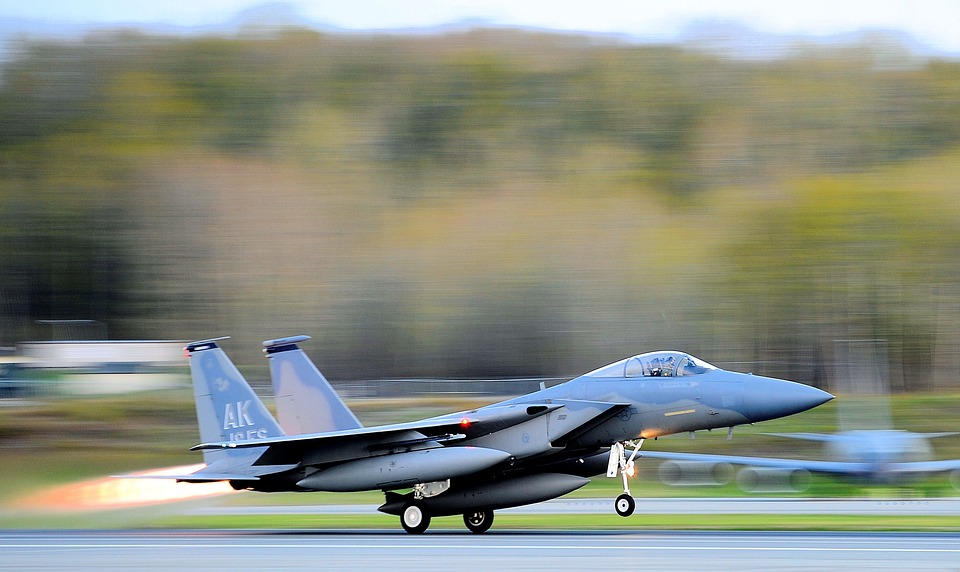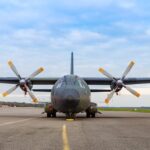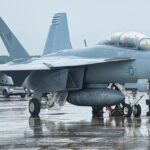The Importance of Aerial Refueling in Air Force Operations
In the world of military aviation, precision is key. Every operation, every maneuver, and every decision must be carried out with the utmost accuracy in order to ensure success, safety, and efficiency. One area where precision plays a crucial role is in aerial refueling – the process of transferring fuel from one aircraft to another while in flight.
Aerial refueling allows for extended flight times, increased range, and flexibility in mission planning for Air Force aircraft. By refueling in mid-air, planes can stay airborne for longer periods of time, reach farther distances, and carry heavier loads of cargo or weapons. This capability is essential for missions that require long durations in the air, such as strategic bombing, surveillance, reconnaissance, and humanitarian aid operations.
The Challenges of Aerial Refueling
Despite the benefits of aerial refueling, the process is not without its challenges. One of the main difficulties in aerial refueling is maintaining precision and synchronization between the two aircraft involved. The aircraft must fly in close formation, with the refueling boom or drogue extended from the tanker aircraft to make contact with the receiving aircraft’s fuel receptacle. Any slight deviation in speed, altitude, or position can result in a failed refueling attempt, wasting valuable time, fuel, and resources.
Weather conditions, turbulence, and other environmental factors can also impact the precision of aerial refueling operations. Strong winds, clouds, rain, and poor visibility can make it difficult for pilots to maintain proper alignment and control during the refueling process. Additionally, the weight and balance of the aircraft can change as fuel is transferred, requiring careful adjustments to maintain stability and control.
The Technology Behind Aerial Refueling
To ensure precision and accuracy in aerial refueling, the Air Force relies on a combination of advanced technology, skilled pilots, and rigorous training. One key component of aerial refueling is the refueling boom or drogue system, which allows for the transfer of fuel from the tanker aircraft to the receiver aircraft. The boom operator or refueling pilot must carefully maneuver the boom or drogue into position and make contact with the receiving aircraft’s fuel receptacle, all while maintaining proper speed and altitude.
Modern tanker aircraft are equipped with sophisticated computer systems, sensors, and controls to assist in the refueling process. Automatic systems can adjust the boom or drogue position, control fuel flow rates, and compensate for aircraft movements in real-time. These systems help to minimize human error and ensure a smooth and efficient refueling operation.
The Training and Expertise of Aerial Refueling Crews
Precision in aerial refueling would not be possible without the skill and expertise of the Air Force’s tanker crews. Pilots, boom operators, and support personnel undergo extensive training to prepare them for the challenges of mid-air refueling operations. Training programs include classroom instruction, flight simulations, and hands-on practice in actual flight conditions.
Pilots must demonstrate mastery of formation flying techniques, aerial navigation, and aircraft control during refueling operations. Boom operators are trained to accurately position the refueling boom or drogue, make contact with the receiving aircraft, and monitor fuel transfer rates. Both pilots and boom operators must work together seamlessly to maintain synchronization and precision throughout the entire refueling process.
In addition to initial training, aerial refueling crews participate in regular proficiency flights, exercises, and evaluations to maintain their skills and readiness. Continuous training and practice are essential for ensuring that crews can perform their duties effectively in any situation, from routine refueling missions to emergency scenarios.
The Future of Aerial Refueling
As technology continues to advance and threats evolve, the Air Force is constantly working to improve the precision and efficiency of aerial refueling operations. New tanker aircraft, such as the KC-46 Pegasus, offer enhanced capabilities and performance compared to older models. These aircraft are equipped with state-of-the-art systems and controls for improved maneuverability, fuel transfer rates, and mission flexibility.
The Air Force is also exploring the use of autonomous and unmanned refueling aircraft to supplement manned tanker fleets. These unmanned systems could provide additional refueling support, reduce pilot workload, and increase overall operational flexibility. Autonomous refueling capabilities could also help to enhance precision and accuracy in aerial refueling operations, leading to safer and more efficient mission outcomes.
In conclusion, the pursuit of precision in aerial refueling is a critical aspect of Air Force operations. By maintaining accuracy, synchronization, and expertise in mid-air refueling, the Air Force can extend the reach and capabilities of its aircraft, support a wide range of missions, and ensure the success of complex operations. Through advanced technology, rigorous training, and a commitment to excellence, aerial refueling crews continue to push the boundaries of precision and performance in military aviation.


